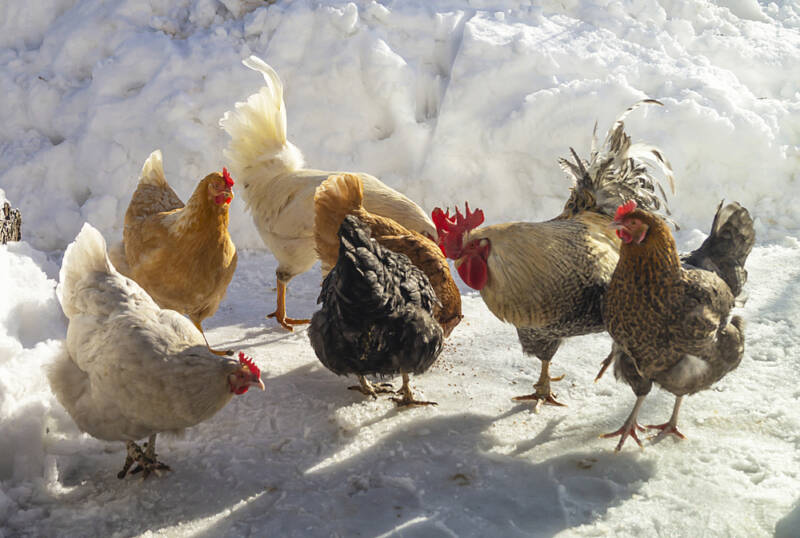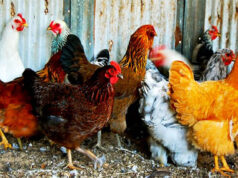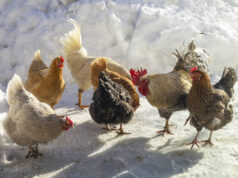Chicken feather disease can be troubling for poultry enthusiasts. It’s important to understand what this disease is, its causes, and the technology approved solutions to manage it effectively.

What is Chicken Feather Disease?
Chicken feather disease is a term used to describe various conditions causing feather loss or damage in chickens. Recognizing this disease early can save your flock and ensure better poultry health.
Types of Chicken Feather Disease
There are several types of chicken feather diseases, each with its own set of causes and symptoms. Here we will discuss some of the most common types.
1. Feather Picking
Feather picking is when chickens peck at and pull out their own feathers or those of other chickens. It can be due to stress, boredom, or lack of nutrients.
2. Mites and Lice
These external parasites can cause significant feather damage and health issues. Regular inspection and treatment are crucial.
3. Bacterial and Fungal Infections
These infections can lead to feather loss. Maintaining cleanliness and providing good nutrition can help prevent them.

Causes of Chicken Feather Disease
Understanding the causes of chicken feather disease is essential for prevention and treatment. Let’s look at some common causes.
Poor Nutrition
Chickens need a balanced diet to maintain their feather health. Lack of essential nutrients can lead to weak feathers and susceptibility to diseases.
Overcrowding
Overcrowding can cause stress and increased chances of feather picking and the spread of diseases. Adequate space is vital for a healthy flock.
Poor Living Conditions
Dirty and damp living conditions can harbor bacteria and parasites that cause feather diseases. Regular cleaning is essential.

Symptoms of Chicken Feather Disease
Identifying symptoms early is key to managing feather disease. Look out for these signs in your flock.
Feather Loss
Noticing patches of missing feathers is a clear sign of an issue. Determine if it’s from pecking, parasites, or disease.
Red and Irritated Skin
Red and irritated skin often indicates a mite or lice infestation.
Behavioral Changes
Changes in behavior, such as excessive preening or aggression, can signify underlying health problems.

Technology Approved Solutions for Chicken Feather Disease
There are several technology-approved solutions to treat and prevent chicken feather disease. These methods ensure healthy and resilient feathers in your flock.
Nutritional Supplements
Providing chickens with nutritional supplements can fortify their diet and prevent feather damage. These supplements often include vitamins and minerals essential for feather growth.
Parasite Control
Using safe and effective pesticides can help control and eradicate mites and lice, fostering a healthier environment for your chickens.
Improved Living Conditions
Investing in technology to improve ventilation and cleanliness in chicken coops can prevent bacterial and fungal infections.
FAQ
Q: Can chicken feather disease be treated at home?
A: Yes, many cases of chicken feather disease can be treated at home with proper care, improvements in living conditions, and using nutritional supplements and pesticides.
Q: How common is chicken feather disease?
A: Chicken feather disease is relatively common in poultry, especially in environments where birds are kept in close quarters and hygiene is poor.
Q: Can feather loss affect egg production?
A: Yes, feather loss and overall health issues can impact a chicken’s ability to produce eggs. Managing feather disease effectively can help maintain egg production.
Conclusion
Understanding and managing chicken feather disease is crucial for poultry enthusiasts. By using technology-approved solutions and maintaining good living conditions, you can ensure your flock remains healthy and productive.
As an Amazon Associate, I earn from qualifying purchases.
For more information, visit this guide on poultry care.
Also check out this articles on green muscle disease, chicken disease symptoms, marek’s disease, and chicken poop disease symptoms.










